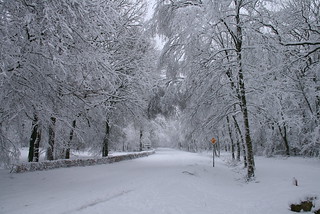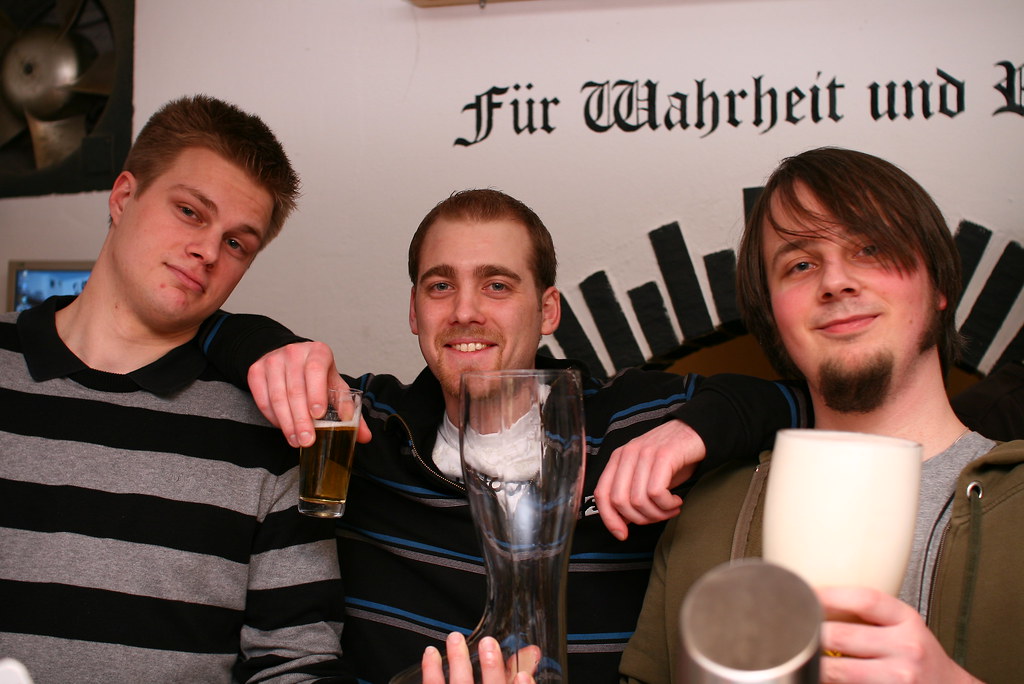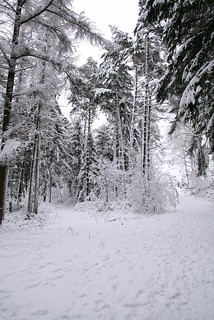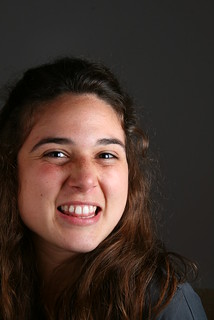The photographic year 2010
I haven’t blogged in a while and don’t really feel inclined to post anything too geeky (though I certainly have some topics in the pipeline). So I decided to have a look back at 2010 from a photographic point of view. This includes the shots I took and the stuff I used to do it. Here we go!
Accessoires
In January I decided to get myself an external flash, a Canon EX 430 II. I didn’t regret this decision a single day since then. No matter how fast your ISO and how wide your aperture, at some point you will most certainly need a flash. If used correctly, flash images look more natural to the casual observer, the fact that a flash was used only becomes apparent after studying the image more closely. Off-camera flash is even more fun, which is why I quickly got myself simple and cheap Tetra Phottix remote triggers.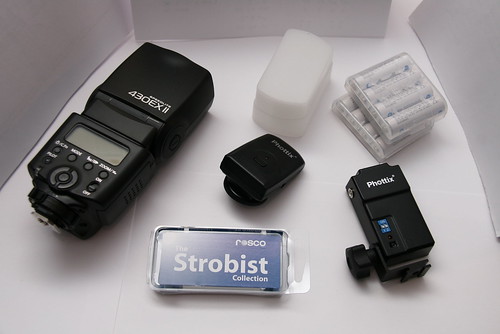 The next logical and easy step was to play around with so-called “gels” (color filter for artificial lights), which can shift the 5500K light emitted by the flash to different temperatures. The gel I most commonly use is the Roscosun 1/2 CTO (color-to-orange) which shifts 5500K to 3800K, close to most of the artificial light sources you discover. I only used gels exclusively in the latter half of 2010 and the photos turned out much more balanced than before. A key aspect is to allow enough ambient light, otherwise I won’t matter how you shift your flash since it will be the only visible light source. The ‘Av’ or ‘Tv’ (or even ‘M’) modes can be used for that, while ‘P’ will most certainly overpower any background lighting.
The next logical and easy step was to play around with so-called “gels” (color filter for artificial lights), which can shift the 5500K light emitted by the flash to different temperatures. The gel I most commonly use is the Roscosun 1/2 CTO (color-to-orange) which shifts 5500K to 3800K, close to most of the artificial light sources you discover. I only used gels exclusively in the latter half of 2010 and the photos turned out much more balanced than before. A key aspect is to allow enough ambient light, otherwise I won’t matter how you shift your flash since it will be the only visible light source. The ‘Av’ or ‘Tv’ (or even ‘M’) modes can be used for that, while ‘P’ will most certainly overpower any background lighting.
Once you get started with off-camera flash photography there is a whole new world of additional gadgets to be bought and tricks to be learned, just have a look at the Strobist website. Needless to say, driving a single flash can get old really fast. A second flash was the logical next step. Since I knew I was only going to use this second flash in setup situations and off-camera (without a TTL-capable remote triggering system), I went for one of the cheapest and yet most reliable solutions and bought a Yongnuo YN-460 II. This flash only does manual (even on-camera), but it can trigger by itself on flash and even TTL-flash, without the need for any additional trigger mechanism. So I can use this with my EX 430 on-camera, with the EX 430 off-camera (using the Tetra trigger), and even with my builtin flash. I’m happy with the build quality and reliability of the Yongnuo and can only recommend it to any aspiring strobist on a budget.
I got myself a pol filter for my 18-200mm but have yet to really use it :(.
Lens-wise my repertoire grew by another prime lens: The Sigma EX 30mm 1.4. This lens combined the huge aperture of my 50mm with the standard focal width corresponding to 50mm (1.6 * 30mm = 48mm) on full-frame sensors. So far this lens has not let me down quality-wise. The focus works fast, quiet and reliably, the color reproduction is great and the build quality of this lens is solid. Sharpness (even at f1.4) lags in no way behind my 50mm 1.4. I have shot four events exclusively with this lens and was never restricted by the focal length. The typical shot of a couple across the table now becomes natural, while my 50mm always gave me the feeling of having to single out people in order to shot them. Another nice thing about Sigma lenses is that the lens hood is included for all of their lenses. Obviously this lens can’t be used on full-frame, but given the current lineup of crop SLRs, I don’t feel the need to go there anytime soon.
Finally I took a leap of faith and used an alternative “hacked” firmware on my EOS 400D which unlocks some nice features. For me, the most important features were intermediate ISO steps and manual white balance. While the EOS 400D only presents ISO 100-200-400-800-1600, the hacked firmware allows steps in between, like 400-500-640 etc. While quality at 400 is still OK, it can be a little coarse at 800, so going to 500 and 640 first is a nice option. Manual whitebalance means being able to set the temperature, and not use the WB-shift feature or the white-balance on exisiting photo. This feature has taught me a lot about judging lighting conditions and choosing the right gel for my flash. On a side note, I discovered two EXIF tags I had not noticed before: Remaining flash voltage and camera temperature (only Canon).
What’s next
In the never-ending circle of DSLR-upgrades, the next thing for me will most certainly be a new camera body. While I don’t use the maximal resolution, never photograph in RAW and don’t miss movies this much, the ISO speed of the EOS 400D is a serious limitation. I never shoot at 1600 (except for grainy BW photos), while friends of mine use their 550D on 1600 or 3200 in most indoor situations. Since all the new models possess basically the same superior chip, I might go for the 550D, the 60D or the 7D, depending on how much I use my old 400D in the time until then. A nice distraction before the new body will probably an umbrella and lightstand for one of my flashes.
As usual, complete galleries of my shots can be found on http://photos.heipei.net, while flickr only has a few selected shots.
Have a great 2011 ;)
